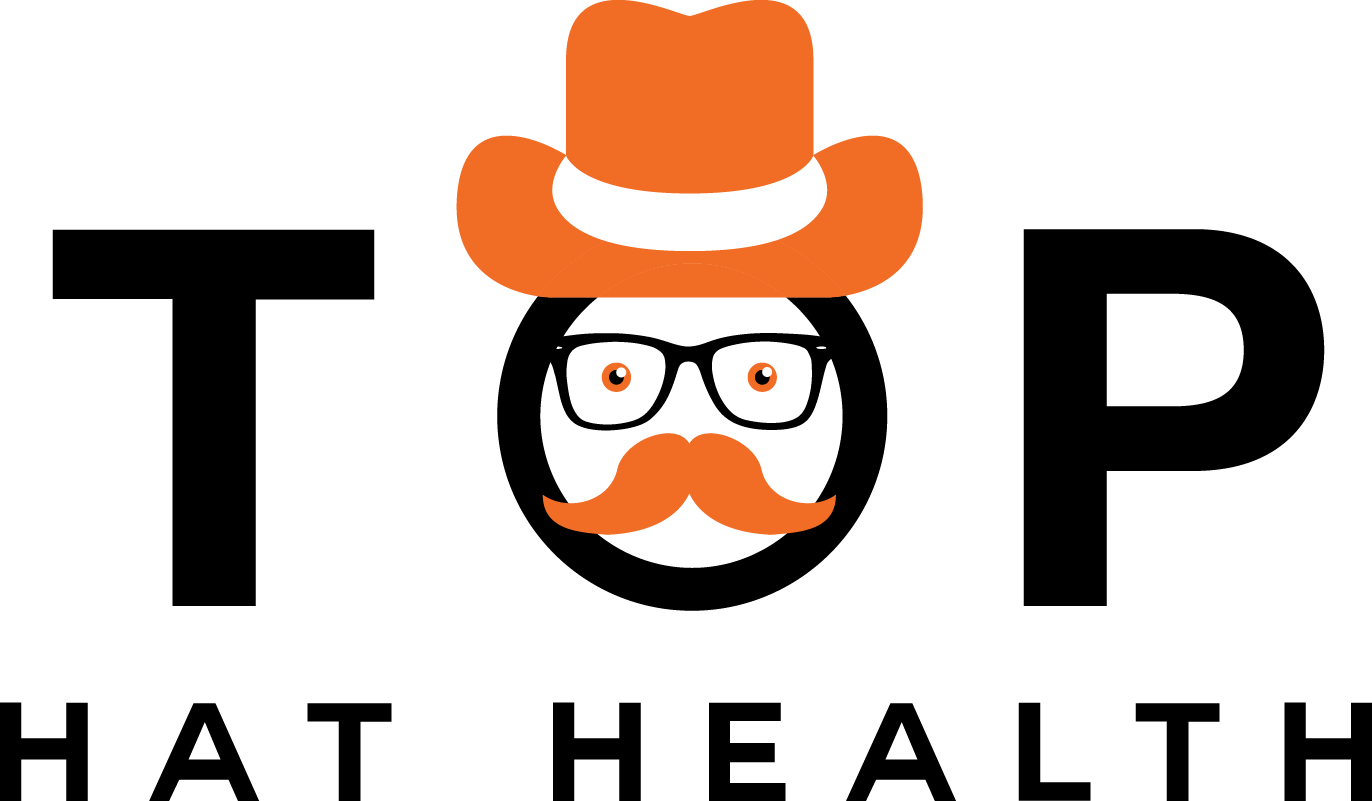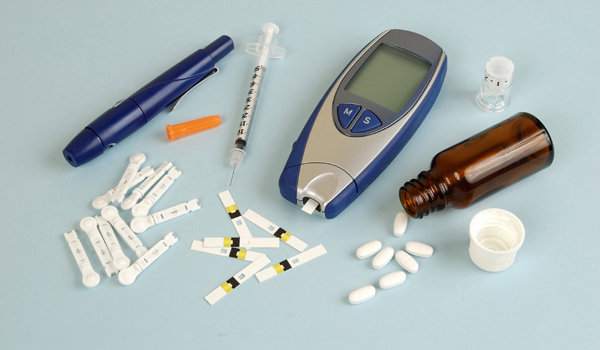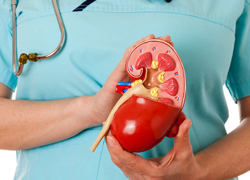Mastering Diabetes: Prevention, Medications, Insulin Management and Control
Mastering Diabetes: Understanding Risk Factors
In many instances, diabetes is an inherited disorder. People who have first-degree relatives with this disease are more prone to developing this disease than people with no genetic disposition. People who have a first-degree relative with diabetes can avoid contracting the illness by having themselves tested by their physician. The physician can do a series of blood tests to determine whether the patient is pre-disposed to this condition. If a person has a pre-diabetic condition, there are many things they can do to avoid getting this disease.
However, Type II Diabetes has become nearly an epidemic in this country. Many in the medical community believe that one of the reasons many people acquire this potentially life-threatening condition is from obesity. The diabetes epidemic has mirrored the obesity epidemic currently overtaking the United States as well as other countries. People consume foods that are high in carbohydrates and sugars and low in nutrients at an alarming rate. We often think of diabetics as being people with a sweet tooth who crave sugar. This is not the case. More often, a person who is obese has more of a chance of getting diabetes than a person who maintains his or her weight.
Mastering Diabetes: Importance of Healthy Lifestyle Choices
One way how to prevent diabetes is by managing your weight. Although there is little you can do about having a genetic disposition to the disease, there are ways you can prevent becoming one of the millions of Americans who develop diabetes each year.
When seeking how to prevent diabetes, the first thing a person can do is watch your weight. Studies indicate that people who are overweight are more prone to developing diabetes. How to prevent diabetes. Rule number one is to manage your weight. One way to manage your weight is to stay away from foods laden with saturated fats, and sugars. Stay away from fast food, which is usually high in fats, carbohydrates, and sugars. Most fast foods offer little in the way of nutrition but are high in fat and carbohydrates.
Again, the misconception that people contract diabetes through excessive consumption of sugars is inaccurate. It is not only sugar that contributes to the disease. While it is good to eliminate the use of excessive sugar in your diet, carbohydrates also contribute to the onset of diabetes. One way to prevent diabetes is to become aware of the Glycemic Index. The Glycemic Index was developed in 1981 and rates which carbohydrates are more difficult to eliminate glucose from the blood.
Mastering Diabetes: Regular Exercise and Its Impact
Another way how to prevent diabetes is to exercise. Exercising regularly improves blood sugar control. Because active muscles dispel glucose from the blood quicker than non-exercised muscles, regular exercise can do wonders in staving off or preventing diabetes. In addition, regular exercise also helps to maintain a stable weight, another factor in preventing obesity.
When asking yourself how to prevent diabetes, focus your attention on your weight, exercise, and diet. In many cases, simple lifestyle changes can prevent someone from getting this potentially life-threatening disease.
Mastering Diabetes: Overview of Oral Medications
Currently, many different medications treat diabetes. Most people who are diagnosed with Type II diabetes are given medication instead of insulin. In most cases, a combination of drugs are used. These drugs work with the body to increase insulin production and make it easier for the body to eliminate glucose.
Sulfonylureas are one of the most popular drugs used to treat diabetes. There are several different types of this drug on the market, the most popular being Glucotrol. These drugs work by increasing the amount of insulin released from the pancreas. These drugs work well in lowering blood glucose levels but also run a risk of a person developing hypoglycemia. Hypoglycemia is when the blood sugar level is too low. Because of this potentially dangerous side effect, sulfonylureas are often given with other drugs, most notably Glucophage, or more commonly known as Metformin.
This drug works well with Glucotrol as it reduces the amount of glucose in the liver while Glucotrol increases the amount of insulin in the pancreas. Both medications must be taken before meals. Most people who are first diagnosed with Type II diabetes are given this combination of drugs which, when taken as directed, are effective at maintaining a healthy blood glucose level.
Another drug that is showing promise in working well with Metformin is Prandin. Prandin also lowers blood glucose levels but at a slower rate than Metformin and has shown good results in studies. Like Glucotrol, Prandin increases the amount of insulin in the body and can also cause hypoglycemia. It is essential for a patient with diabetes to work with their physician to get the right dosage of each medication and never double a dosage or cut one in half. Prandin cannot be used in women who are pregnant or nursing children.
Starlix is another drug that works similarly to Prandin but does not require adjustments. The dosage remains constant and is also safe to use on those with kidney problems. Starlix is yet another promising drug being used to treat people with Type II Diabetes.
While most medications that treat diabetes increase insulin developed in the pancreas and decrease the glucose in the liver, newer medications are being marketed that decrease the absorption of carbohydrates in the intestines. Precose did remarkably well in trial studies in breaking down the carbohydrates in the system, making it easier to eliminate. However, this medication has not done as well as the sulfonylureas, which are considered the best possible medications that treat diabetes at this time. However, for those who are allergic to sulfur, Precose is a good alternative.
Other new medications that are concentrating on controlling glycemic control in the system include Symlin and Byetta. While these drugs have proven to show promise, more testing is needed before they can replace traditional therapies.
A diagnosis of Type II diabetes may be frightening for an individual, but there are many different medications available that can keep this disease at bay. It is very important, however, for a patient to be compliant for these medications to work effectively. It may take increased dosages, lowered dosages, or different combinations of medications to get the right balance that will help you maintain a healthy blood glucose level. This is why it is so important for an individual to carefully monitor their blood glucose level throughout the day and keep a record for the physician.
By working with your physician and reporting symptoms and results of blood glucose monitoring, you can empower yourself to keep your diabetes in check and avoid any complications that are associated with this disease.
Mastering Diabetes: Types of Insulin and Their Onset/Peak/Duration
When someone has Type I diabetes, which used to be referred to as Juvenile Diabetes, insulin is the natural treatment. In this case, a person does not produce any insulin and insulin must be injected for the patient to survive. Just as there are many different types of oral medications to treat Type II diabetes, there are also many different options when it comes to insulin to treat diabetes.

Years ago, insulin was derived from animals and injected by a needle. Patients often needed multiple insulin injections throughout the day. There were problems with the insulin derived from beef and pork and many patients developed a resistance to the insulin after some time. In 1977, technology in the treatment of diabetes took a giant leap as human insulin was cloned. Today, insulin to treat diabetes is human insulin and is much more effective than insulin used in the past.
There are many different types of insulin on the market today and, as is the case with oral medications, it may take several different insulin types to find the correct balance that will ensure good glucose levels. Some insulin, such as Humalog, is very short-acting and peaks within an hour after injection. Other insulin, such as Ultra Lente, is very long-acting and peaks in 18 hours.
There are three characteristics of insulin. Onset is the time it takes for the drug to reach the bloodstream and begin lowering the glucose. The peak time is the time when the drug is at the maximum strength and the duration is how long the drug continues to work in reducing the blood glucose level.

Each patient has different needs when it comes to insulin and for this reason, there are many different types of the drug. Cost is also a consideration in many cases as the insulin must be injected every day and, in certain instances, many people have to inject the insulin several times a day.
Another benefit of modern technology in managing people with diabetes through the use of insulin is the insulin pump. This is much more effective than injections as it is a catheter that remains under the skin and separates the insulin into three different types of insulin. Basal insulin is injected continuously. Bolus doses are given to cover any carbohydrates consumed in a meal. You can also have correction doses or supplemental doses. This is especially effective if your blood sugars are high before eating.
The use of the insulin pump is much more effective than using injections as it controls your insulin and blood glucose levels continuously. It is relatively easy to use and most people with Type I diabetes are using insulin pumps.
Not only people with Type I diabetes use insulin. Those with Type II diabetes who have been unable to control their blood sugars through diet and medication are often prescribed insulin. Because the insulin pump is so effective at retaining control of the blood glucose level, many people with Type II diabetes have also opted to use the insulin pump.
Medical science is continuing to search for a cure for diabetes which has reached epidemic proportions in some areas. Until a cure is found, however, there are many ways to treat this disease.
Mastering Diabetes: Blood Sugar Monitoring Techniques
Effective blood sugar monitoring is crucial for individuals managing diabetes to maintain optimal health. This process involves various techniques to track glucose levels accurately throughout the day. Common methods include using a blood glucose meter, continuous glucose monitoring (CGM) systems, and flash glucose monitoring devices. With a blood glucose meter, individuals can prick their finger to obtain a small blood sample, which is then analyzed to determine current glucose levels.

CGM systems offer continuous real-time monitoring by inserting a tiny sensor under the skin, providing valuable insights into glucose trends and patterns. Similarly, flash glucose monitoring devices allow users to scan a sensor placed on the skin, providing instant glucose readings without the need for frequent finger pricks. These monitoring techniques empower individuals with diabetes to make informed decisions about medication, diet, and lifestyle adjustments to effectively manage their condition and achieve target blood sugar levels







